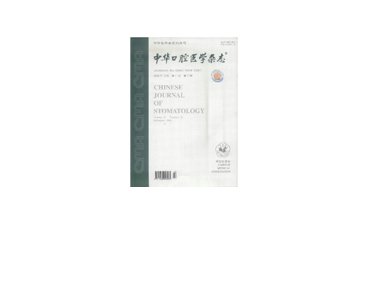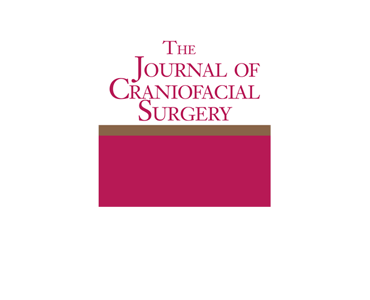Orofacial rehabilitation with zygomatic implants: CAD-CAM bar and magnets for patients with nasal cancer after rhinectomy and partial maxillectomy. E King, C Abbott, L Dovgalski, J Owens.
Date: November 2016. Source: The Journal of Prosthetic Dentistry. Abstract: Nasal carcinoma extending into the premaxilla requires radical surgical excision including rhinectomy and partial maxillectomy. Rehabilitation is complex and involves the use of removable prostheses. Three patients treated with zygomatic implants and custom-milled bars to retain an obturator and nasal prosthesis are presented. Article: Orofacial…









